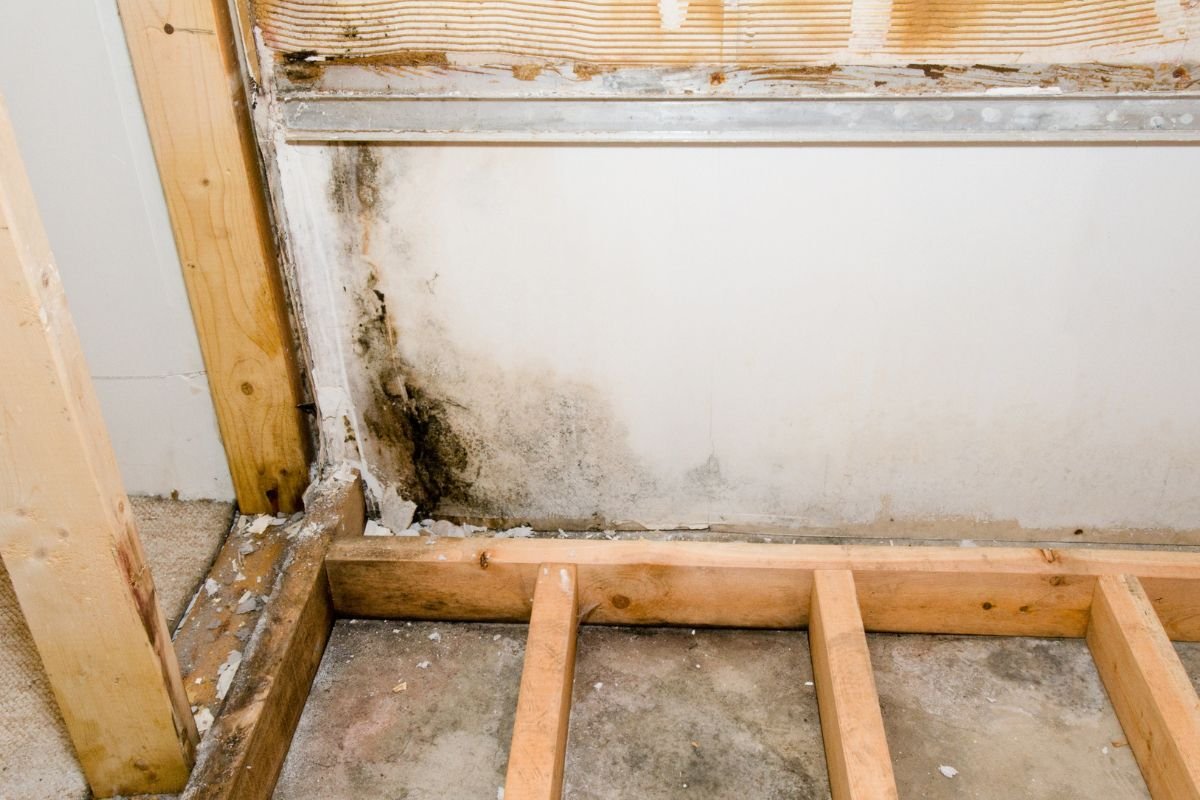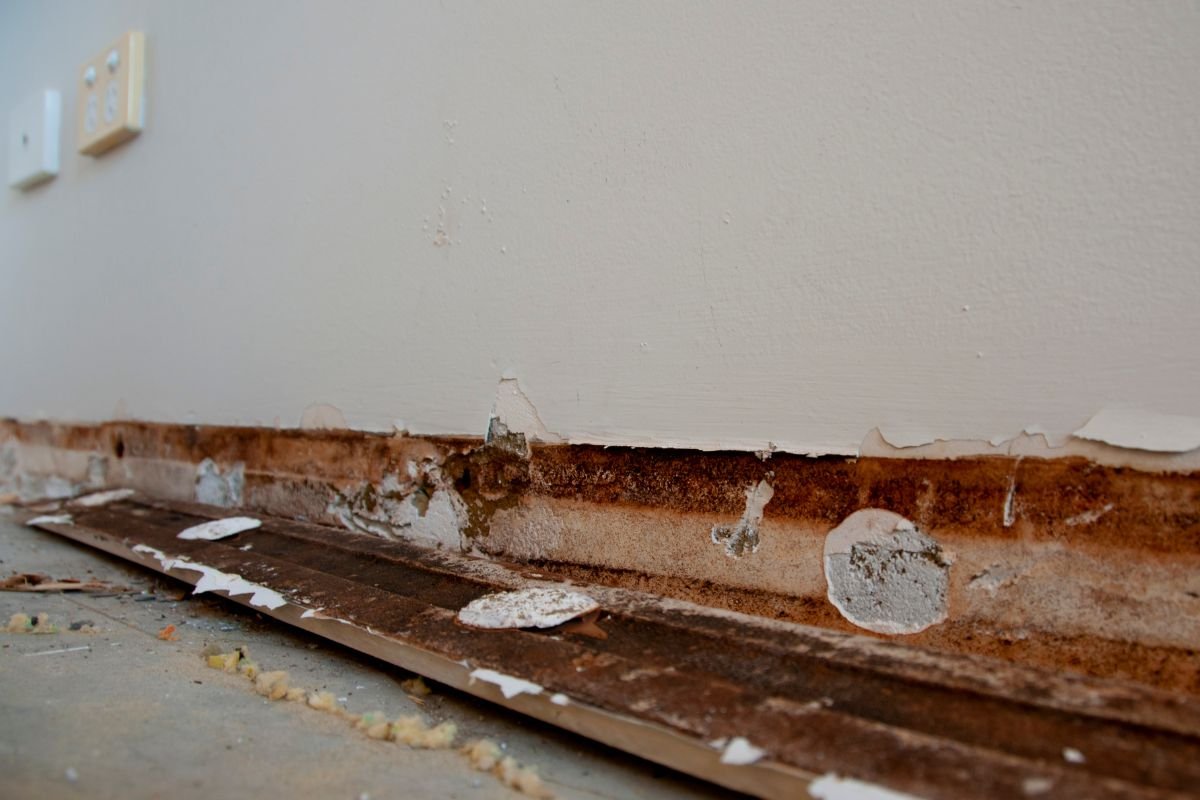
Dry rot is a destructive wood-decaying fungus that can severely compromise your home’s structural integrity. Primarily caused by Serpula lacrymans, it thrives in damp environments, breaking down wood and causing extensive damage. Identifying the early signs, understanding the causes, and taking proactive steps are essential to protecting your property. Wood Mold Removal plays a crucial role in preventing and addressing dry rot, ensuring your home remains safe and structurally sound. This guide explores the key causes of dry rot and provides expert tips to help safeguard your home.
The Science Behind Dry Rot: The Biology of Serpula lacrymans
The term “dry rot” is somewhat misleading, as moisture is absolutely essential for the fungus Serpula lacrymans to flourish. This particular fungus is the most common culprit behind dry rot in the United States. Unlike some other wood-decaying fungi, Serpula lacrymans is uniquely aggressive and can even spread through masonry and other non-wood materials in search of a new food source.
- What is Serpula lacrymans?: This fungus is a type of brown rot, meaning it primarily consumes the cellulose in wood, leaving behind a brownish, brittle residue. It’s characterized by its ability to transport water over relatively long distances, allowing it to colonize dry wood that’s located near a moisture source.
- How Does Dry Rot Work?: The fungus releases enzymes that break down the cellulose in wood cells. As the cellulose is digested, the wood loses its strength and structural integrity. The fungus then uses the nutrients to grow and spread, sending out hyphae (root-like structures) to explore new areas.
Protect your home and health—call us now for fast and effective Mold Removal!
The Key Ingredients: What Dry Rot Needs to Thrive
Think of dry rot like baking a cake – you need specific ingredients for it to work. In this case, the ingredients are moisture, wood, and warmth:
- Moisture:
- The Lifeblood of Dry Rot: This is the single most crucial factor. Dry rot requires a sustained moisture content of around 20% or higher in the wood to germinate and grow. Without moisture, the fungus will remain dormant.
- Wood:
- The Food Source: Dry rot feeds on the cellulose and lignin found in wood. The type of wood doesn’t matter as much as the fact that it’s present.
- Warmth:
- The Catalyst: While dry rot can survive in cooler temperatures, it thrives in warmer conditions, typically between 65°F and 90°F (18°C and 32°C).
Common Causes of Moisture Intrusion: Where Does the Water Come From?

Water Damage is one of the leading causes of dry rot, as excess moisture creates the perfect conditions for fungal growth. Identifying the source of moisture is paramount to preventing and treating dry rot. Here are some of the most common culprits:
- Leaky Roofs and Gutters: Damaged roofing materials or clogged gutters can allow rainwater to seep into attics, walls, and ceilings.
- Plumbing Leaks (Pipes, Sinks, Toilets): Even small, slow leaks can provide enough moisture to fuel dry rot growth.
- Poor Ventilation (Bathrooms, Kitchens, Crawl Spaces): Inadequate ventilation traps moisture, creating humid conditions that are ideal for fungal growth.
- Rising Damp and Groundwater: Moisture from the ground can wick up into foundations and walls, particularly in older homes without proper damp-proofing.
- Condensation Problems: Condensation on cold surfaces, such as pipes or windows, can create localized areas of dampness.
Identifying Dry Rot: What to Look For
Early detection is key to minimizing damage. Here are some telltale signs of a dry rot infestation:
- Visual Signs: Discoloration, Cracking, and Cuboidal Fracturing: Affected wood may appear darker or lighter than its surrounding areas. As the fungus breaks down the wood, it often develops a characteristic pattern of cuboidal cracking, where the wood breaks into small, cube-shaped pieces.
- Fruiting Bodies: The Tell-Tale Sign (Appearance and Location): In advanced stages, dry rot may produce fruiting bodies, which are spore-producing structures that can appear as reddish-brown or orange growths on the surface of the wood.
- Musty Odor: The Smell of Decay: Dry rot often emits a distinctive musty or damp odor, similar to that of decaying leaves.
- Weakened Wood: Softness and Crumbling: Wood affected by dry rot will often feel soft, spongy, or crumbly to the touch. It may easily break apart under pressure.
Prevention is Key: Protecting Your Home

Preventing dry rot is much easier and more cost-effective than dealing with an active infestation. Here are some essential preventative measures:
- Maintain Proper Ventilation: Ensure adequate airflow in bathrooms, kitchens, attics, and crawl spaces to prevent moisture buildup.
- Control Moisture Sources: Promptly repair any leaks in roofs, plumbing, or gutters. Address condensation problems by insulating pipes and improving ventilation.
- Use Pressure-Treated Wood: When replacing or building new structures, use pressure-treated wood, which is resistant to fungal decay.
- Regular Inspections and Maintenance: Conduct regular inspections of your home, paying close attention to areas prone to moisture.
- Wood Sealants and Preservatives: Apply wood sealants and preservatives to protect exposed wood surfaces from moisture and fungal attack.
Remediation and Repair: What to Do If You Find Dry Rot
If you suspect you have a dry rot infestation, it’s crucial to take action immediately.
- Professional Inspection and Assessment: A qualified professional can accurately identify the extent of the damage and determine the underlying cause of the moisture problem.
- Removal of Affected Wood: All wood affected by dry rot must be removed and disposed of properly. It’s essential to cut back beyond the visible signs of decay to ensure that all of the fungus is eliminated.
- Treatment of Surrounding Areas: The areas surrounding the affected wood should be treated with a fungicide to kill any remaining fungal spores.
- Addressing the Moisture Source: This is the most critical step. Unless the underlying moisture problem is resolved, the dry rot will simply return.
- Repairing and Replacing Damaged Structures: Once the dry rot has been eradicated and the moisture source has been addressed, damaged structures can be repaired or replaced.
Eliminate mold before it spreads—call us today for expert Mold Removal services!
DIY vs. Professional Help: When to Call the Experts
Small, localized areas of dry rot may be treatable with DIY methods. However, larger infestations or those involving structural components should always be handled by a qualified professional. Here’s a general guideline:
- DIY: Suitable for small, surface-level infestations in non-structural areas, such as a small patch of dry rot on a windowsill. Requires thorough removal of affected wood and application of appropriate fungicides.
- Professional: Necessary for large infestations, infestations involving structural components (joists, beams, etc.), infestations where the moisture source is difficult to identify, and infestations where you’re uncomfortable handling fungicides.
Protecting Your Investment: The Importance of Vigilance
Dry rot is a serious threat to your home’s structural integrity and value. By understanding the causes of dry rot, recognizing the signs of infestation, and taking preventative measures, you can protect your property and ensure its long-term health. Proactive home maintenance is your best defense.
Protect your home from harmful mold—contact us now for professional Mold Removal and prevention!

